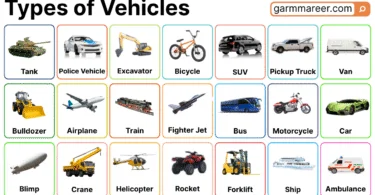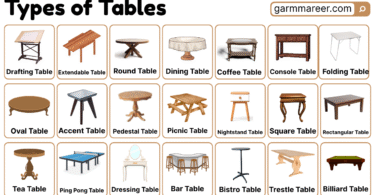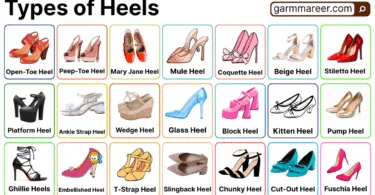Knowing different metal names helps recognize what’s inside daily tools, wires, and machines. This blog post helps learn the types, uses, colors and common names of metals. Metals like iron and copper show up everywhere, understanding them makes science and industry easier. You’ll also see them clearly with labeled pictures and lists that explain their role.
Table of Contents
Metal Names and Their Pictures
Metals are solid materials known for their strength, shine, and ability to conduct heat and electricity. Below is a list of metals names along with visuals to help identify them easily by color and structure.
Manganese: Hard metal used in steelmaking, batteries, and essential for industrial alloys.

Magnesium: Lightweight metal, important in fireworks, medicine, and strong alloys.
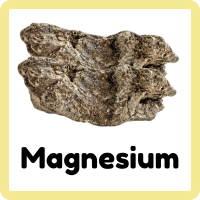
Titanium: Strong, corrosion-resistant metal used in aircraft, implants, and spacecraft.
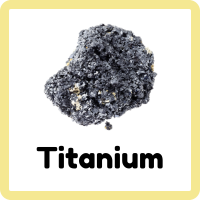
Copper: Conductive metal, widely used in wires, coins, and electrical equipment.
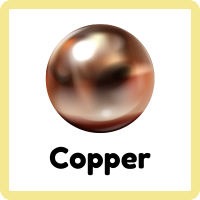
Chromium: Shiny metal used in stainless steel, plating, and protective coatings.
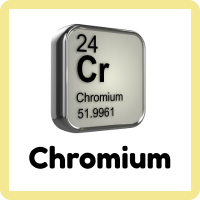
Platinum: Precious metal, resistant to corrosion, used in jewelry and catalytic converters.
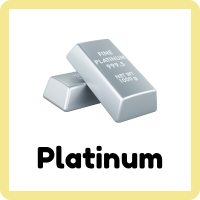
Aluminum: Lightweight metal, used in packaging, vehicles, and building materials.
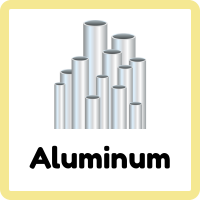
Iron: Strong, widely available metal, essential for construction, tools, and machinery.
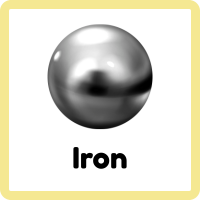
Bismuth: Heavy, brittle metal used in cosmetics, medicines, and safety devices.
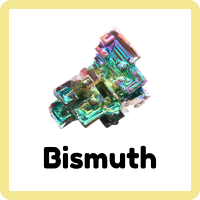
Gold: Valuable precious metal, prized for jewelry, currency, and electronics.
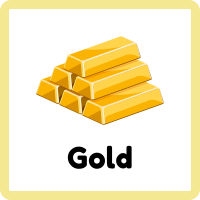
Zinc: Corrosion-resistant metal, essential in galvanizing, batteries, and alloys.
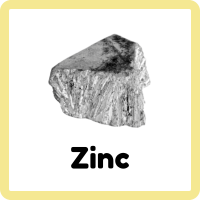
Cobalt: Magnetic metal, used in batteries, pigments, and high-performance alloys.
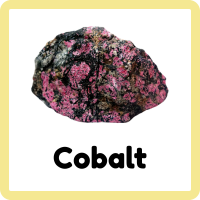
Nickel: Durable metal, used in coins, stainless steel, and rechargeable batteries.
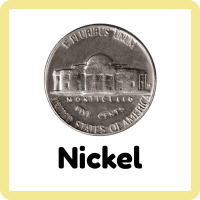
Tin: Soft metal, commonly used in cans, coatings, and alloys.
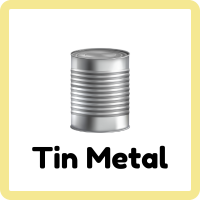
Mercury: Liquid metal at room temperature, used in thermometers and instruments.

Cadmium: Soft metal, used in batteries, pigments, and protective coatings.
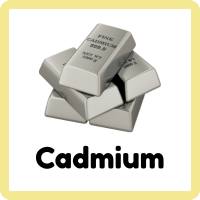
Lead: Heavy, soft metal, used in shielding, batteries, and construction.
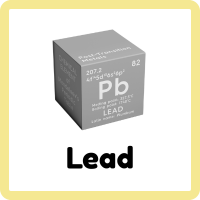
Silver: Precious metal, used in jewelry, currency, electronics, and photography.
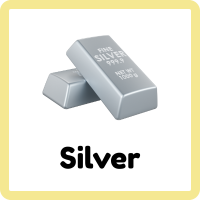
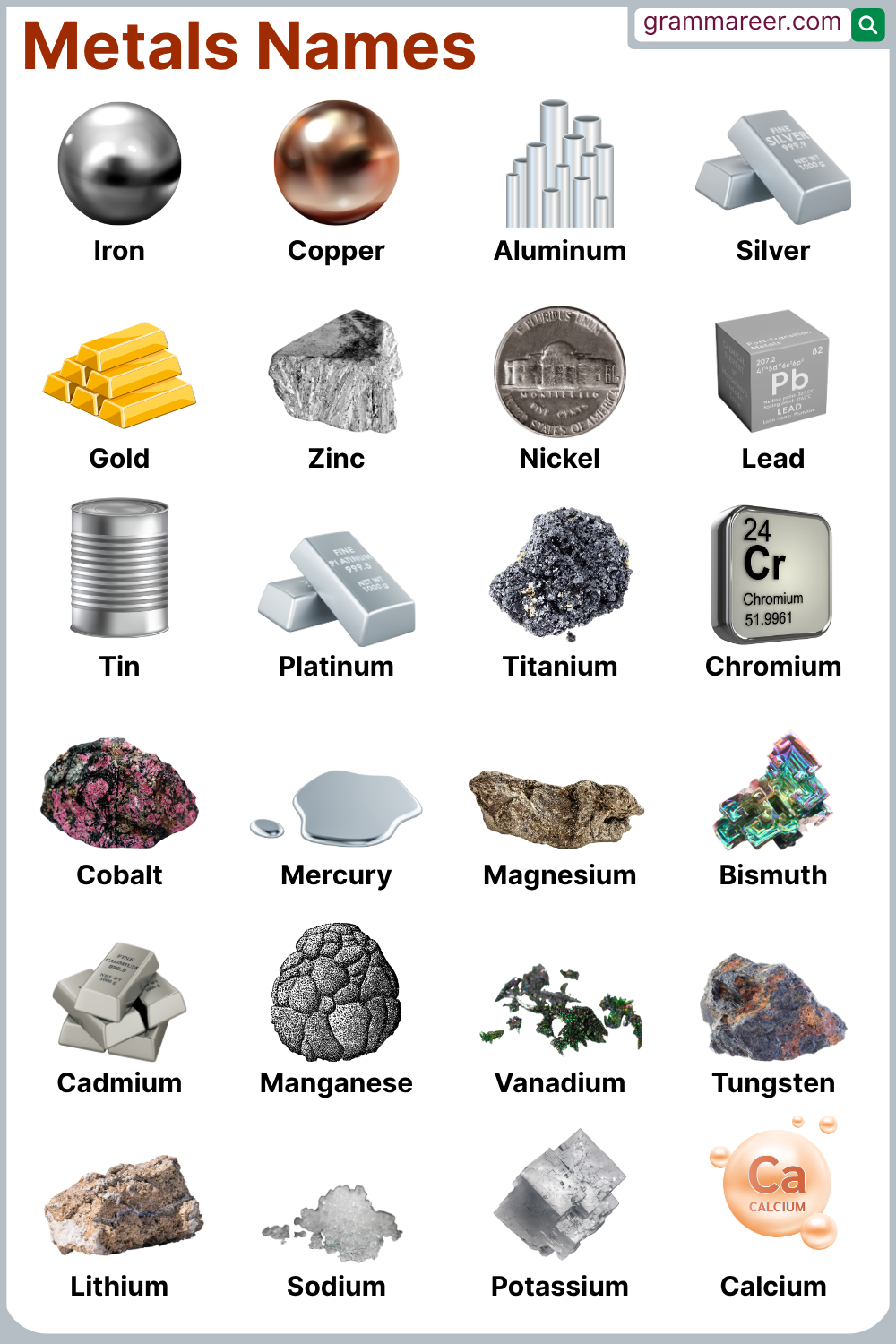
Different Types of Metals
Metals are classified into groups based on their characteristics, weight, and reactivity. Below is a breakdown of different types of metals names used in industries, technology, and everyday life.
Ferrous Metals
Ferrous metals contain iron and are usually magnetic. They are used in construction, tools, and machines.
- Steel
- Cast iron
- Wrought iron
- Carbon steel
- Alloy steel
- Stainless steel
- Tool steel
- Spring steel
- High-speed steel
Non-Ferrous Metals
These metals do not contain iron. They are lighter and more resistant to rust and corrosion.
- Copper
- Aluminum
- Zinc
- Tin
- Brass
- Bronze
- Nickel
- Indium
- Gallium
- Tellurium
Noble Metals
Noble metals resist oxidation and corrosion, making them perfect for electronics, medical tools, and jewelry.
- Gold
- Silver
- Platinum
- Palladium
- Rhodium
- Iridium
- Ruthenium
- Osmium
Heavy Metals
Heavy metals are dense and often toxic in large amounts. They are used in batteries, pigments, and medical devices.
- Lead
- Mercury
- Uranium
- Cadmium
- Bismuth
- Thallium
- Tungsten
Light Metals
These metals are light in weight and useful in transportation, aerospace, and sports gear.
- Aluminum
- Magnesium
- Lithium
- Titanium
- Beryllium
- Calcium
Rare Earth Metals
These are chemically similar elements used in high-tech, magnets, and renewable energy technologies.
- Neodymium
- Cerium
- Lanthanum
- Samarium
- Europium
- Yttrium
- Gadolinium
- Terbium
- Promethium
- Dysprosium
- Scandium
- Lutetium
- Holmium
- Thulium
Daily Used Common Metal Names List
These metals names appear in kitchen tools, electronics, vehicles, packaging, and household items. Below is a broad list of commonly used metals:
- Iron
- Copper
- Aluminum
- Zinc
- Nickel
- Tin
- Lead
- Silver
- Gold
- Steel
- Brass
- Bronze
- Chrome
- Titanium
- Cobalt
- Platinum
- Magnesium
- Tungsten
- Manganese
- Bismuth
- Lithium
- Indium
- Gallium
- Silicon
- Chromium
- Cadmium
- Vanadium
- Molybdenum
- Zirconium
- Tantalum
- Niobium
Industrial Metal Names
Industries use specific metals names for construction, transportation, electronics, and manufacturing based on their properties.
Construction Metals
These metals are strong, durable, and form the backbone of buildings and infrastructure.
- Steel
- Iron
- Aluminum
- Copper
- Zinc
- Titanium
- Chromium
- Manganese
- Nickel
Electrical Conductive Metals
These conduct electricity efficiently and are used in wiring, devices, and power systems.
- Copper
- Silver
- Aluminum
- Gold
- Tin
- Nickel
- Indium
- Gallium
- Graphene
Aerospace and Automotive Metals
These are high-strength, lightweight metals that perform well under heat and pressure.
- Aluminum
- Titanium
- Magnesium
- Steel alloys
- Nickel
- Cobalt
- Vanadium
- Chromium
- Beryllium
Precious Metal Names and Their Uses
Precious metals are rare, valuable, and used for specific high-end applications. Below is a chart showing the most common precious metals names and their primary uses.
| Precious Metal | Uses |
|---|---|
| Gold | Jewelry, electronics, banking, medical instruments |
| Silver | Jewelry, conductors, batteries, photography, medicine |
| Platinum | Jewelry, catalytic converters, medical tools |
| Palladium | Vehicle exhaust filters, dental fillings, electronics |
| Rhodium | Catalytic converters, jewelry finish, chemical equipment |
| Iridium | Medical implants, aircraft parts, spark plugs |
| Osmium | Fountain pens, instrument pivots, surgical tools |
| Ruthenium | Hard drives, solar cells, chip resistors |
| Rhenium | Jet engines, thermocouples, electrical contact points |
| Tellurium | Thermoelectric devices, solar cells, alloys |
Magnetic Metals You Should Know
These metals are used in electronics, motors, generators, and magnetic storage. They respond strongly to magnetic fields or can become magnetized.
- Iron
- Nickel
- Cobalt
- Steel (certain types)
- Gadolinium
- Samarium
- Dysprosium
- Terbium
- Alnico
- Ferrite
- Permalloy
Metals, Their Uses and Colors
| Metal Name | Common Uses | Natural Color |
|---|---|---|
| Gold | Jewelry, electronics, finance (coins, bars) | Shiny yellow |
| Silver | Jewelry, mirrors, cutlery, electronics | Bright white or grey |
| Copper | Wiring, plumbing, roofing, coins | Reddish-brown |
| Aluminum | Foil, cans, aircraft, kitchen tools | Silvery-white |
| Iron | Construction, tools, vehicles | Dark grey |
| Steel (Alloy) | Buildings, machinery, knives, bridges | Dull silver or grey |
| Stainless Steel (Alloy) | Kitchenware, surgical tools, watches | Silvery with shine |
| Brass (Alloy) | Instruments, fittings, decorations | Yellow-gold |
| Bronze (Alloy) | Medals, sculptures, bells | Brownish-gold |
| Platinum | Jewelry, car catalytic converters | Bright silvery-white |
| Zinc | Galvanizing steel, batteries, alloys | Bluish-grey |
| Tin | Food cans, solder, coatings | Silvery-white, soft look |
| Lead | Batteries, shielding (radiation, sound) | Dull grey |
| Nickel | Coins, alloys, rechargeable batteries | Silvery-white |
| Chromium | Chrome plating, stainless steel | Highly shiny silver |
| Titanium | Aircraft parts, implants, sports gear | Silvery-grey with blue tint |
| Cobalt | Batteries, magnets, blue pigment | Silvery-grey, bluish hue |
| Magnesium | Fireworks, lightweight alloys, laptops | Silvery-white, dull finish |
| Mercury | Thermometers, switches (now avoided for safety) | Shiny silver liquid |
| Lithium | Rechargeable batteries, mood-stabilizing medicine | Silvery-white (very light) |
| Bismuth | Cosmetics, fire detectors, rainbow art | Silvery-white with colorful tints |
| Tungsten | Bulb filaments, cutting tools, armor | Steel-grey |
| Manganese | Steel production, batteries | Grey-white |
| Molybdenum | Strengthening alloys, electronics | Silvery-grey |
| Rhodium | Jewelry (plating), catalytic converters | Bright white, very reflective |
| Palladium | Jewelry, dental tools, electronics | Silvery-white |
| Iridium | Pen tips, spark plugs, deep-sea cables | Bright silver |
| Ruthenium | Electronics, coatings, catalysts | Silvery-white |
| Osmium | Fountain pen tips, electrical contacts | Blue-grey metallic |
| Scandium | Aerospace components, high-end sports gear | Silvery-white |
| Yttrium | LEDs, lasers, cancer treatment | Silvery-metallic |
| Neodymium | Strong magnets, headphones, wind turbines | Silvery-white |
| Terbium | Green phosphor in screens, energy-saving bulbs | Silvery-grey |
| Lanthanum | Hybrid batteries, camera lenses | Silvery-white |
| Cerium | Polishing glass, catalytic converters | Silvery-white |
| Gadolinium | MRI machines, nuclear reactors | Silvery-white |
| Samarium | Magnets, nuclear control rods | Silvery-grey |
| Dysprosium | Magnets, nuclear reactors, lasers | Silvery-metallic |
| Thulium | X-rays, lasers | Silvery-grey |
| Holmium | Nuclear reactors, lasers | Silvery |
FAQs
The 10 most common metals are iron, copper, aluminum, zinc, nickel, tin, silver, gold, lead, and steel.
Metals like iron, nickel, and cobalt are magnetic. They’re used in electronics for motors, sensors, and data storage.
Rare earth metals are a group of 17 elements used in electronics, magnets, lasers, and renewable energy systems.
Precious metals like gold and platinum are rare and valuable. Noble metals resist corrosion but may not always be precious.
There are six main types: ferrous, non-ferrous, noble, heavy, light, and rare earth metals.
You May Also Like


